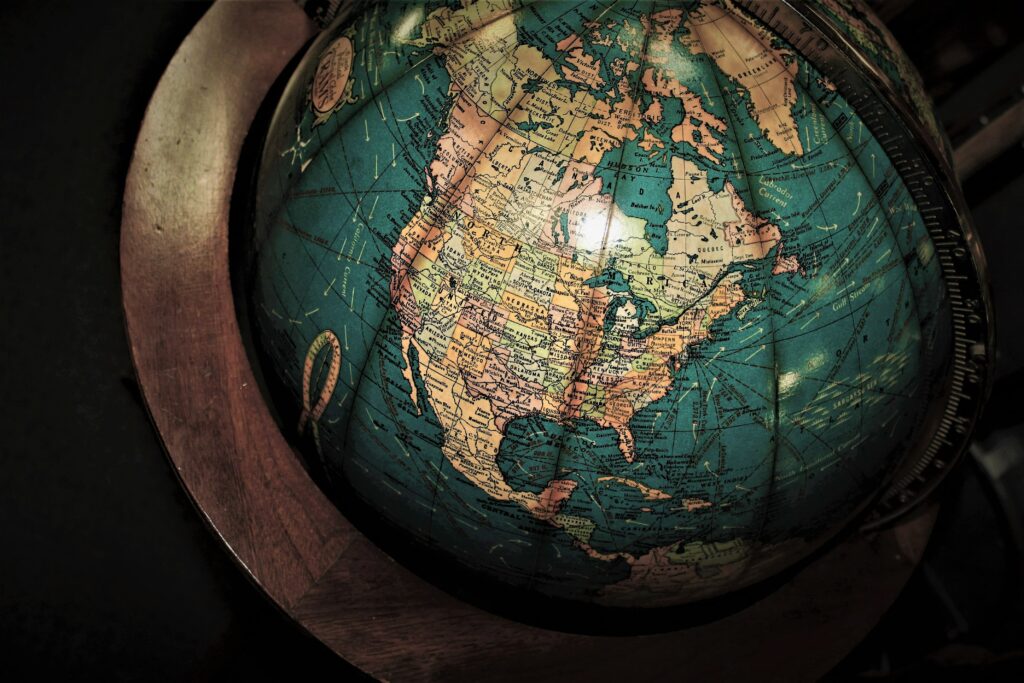This week I looked into the history of tattooing specifically from a western perspective as I will be looking into a broader perspective next week. When researching tattoos in the west many of the sources are more modern in their focus and represent more current views on tattoos. However, I was able to find sources looking into the history of tattooing as it relates to the many different Indigenous cultures of the Americas.

The source I mainly used looks specifically into the American Southeast Indigenous cultures and not only their tattooing but also body paint, scratching, decorations, and other art. The source also addresses the biases and misrepresentations of early Europeans who encountered these cultures. According to this source the first recording of Indigenous cultures using tattoos that was made by Europeans was in 1493 by Spanish physician Dr. Diego Chanca (Deter-Wolf & Diaz, pg.2). Dr. Chanca wrote that the inhabitants of an island in “the Antilles” painted their bodies using sharpened reeds (Deter-Wolf & Diaz, pg. 4). According to the source following this there was numerous accounts of tattooing practices throughout Central America, the Caribbean, and what is now Mexico (Deter-Wolf & Diaz, pg. 4). I think its super interesting that some early tattoo methods involved using plants such as the sharpened reed, as it is easy to take for granted the modern methods using needles.
The source also mentions how once trade became more widespread and Europeans brought metal needles tattooing rapidly changed (Deter-Wolf & Diaz, pg.6) . As time progressed Europeans began getting tattoos and quickly altered them “to emphasize patriotism” (Deter-Wolf & Diaz, pg. 7). To me this is an interesting starting point for looking into tattoos and cultural appropriation, which I will look into in later weeks. Though I admire modern styles of tattoos and the techniques, it is important to know where tattoos originated from and to recognize that to many cultures tattoos carry an important significance both historically and culturally.
Next week I want to look at the history of tattoos outside of the western view, however my inquiry this week has made me realize that this is a very broad topic that I could spend months and months on. I’ll do my best to get into the main ideas that can then be developed further should anyone’s interest be piqued, but this a deep and rich topic so it is worth noting there is a lot more to it than I can write here. I’ve attached a cool TikTok that talks about some of the tools used for tattooing by Indigenous peoples in western North America.
Below I have also attached a YouTube video that the CBC did as part of National Truth and Reconciliation day. The video interviews Inuk Women who explain the meaning of their own tattoos and the significance of Kakinniit, traditional Inuit tattooing.
TW! the video does briefly show a needle with ink piercing skin as well as a traditional form using thread piercing the skin so just a trigger warning if that may be upsetting to see.
Resources
DeMello, M., & Rubin, G.S,. (2000) Bodies of Inscription: A Cultural History of the Modern Tattoo Community. Duke University Press. DOI:https://doi-org.ezproxy.library.uvic.ca/10.1215/9780822396147
Deter-Wolf, A., & Diaz-Granados, C. (Eds.). (2013). Drawing with great needles : Ancient tattoo traditions of north America. University of Texas Press.



reyna
February 17, 2022 — 10:24 pm
Hi Lucy,
So interesting to learn more about the history of tattoos. I was impressed by the tools used in the past and how they have evolved to today’s very fine needles. Also, I liked the story behind the woman’s tattoo in the second video. I was surprised that one of the women in the video mentioned that having tattoos makes her feel connected to her family.
Really interesting perspectives, thanks for sharing.
Reyna
kstockli
March 7, 2022 — 11:43 am
Hi Lucy,
It is interesting to learn how people did tattoos before needles were invented. I know there are lots of natural pigments but it was interested to learn that people used sharpened reeds to perform the tattoo.
As for why people get tattoos, I also think it is important to think about where the practice originates. Nowadays lots of people get tattoos for fun and do not give it much thought but there are many cultures were tattoos are very important to the culture and carry a lot of meaning.
I think it is especially interesting to think of the taboo around face tattoos. Most people still don’t approve of face tattoos because you can’t cover them up and they sometimes have gang roots. However, in the videos you added the First Nations women had face tattoos which were important for their cultures.
-Kasey